OGAB® Aviation Sustainable Braking
The patented Ogab® Sustainable Braking system offers increased safety levels, optimised brake performance and significantly reduces the damaging environmental impact caused during braking in light aircraft.
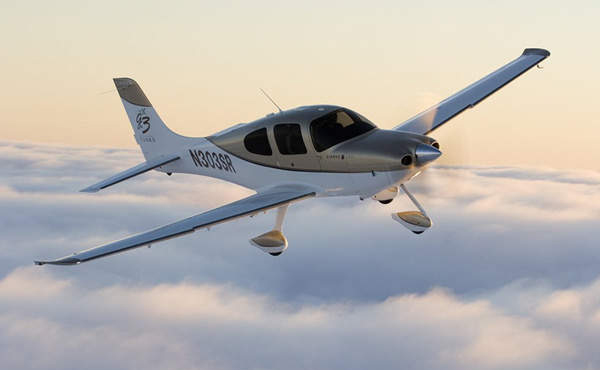

Making Aviation Safer.
Optimised braking performance and improved safety levels through preventing excessive heat escalation. Ogab®‘s Sustainable Braking system offers greater reliability, quicker flight turnaround times, and the potential to reduce the cost of commercial flight tickets for passengers.
Modern aircraft typically use disc brakes that can be made up of a single, dual or multiple disc brakes set up, and even segmented rotor brakes, depending on the type of aircraft.
The disc rotates with the turning wheel assembly and stationary callipers act against the rotation of the disc by causing friction against the disc when brakes are applied.
At the significant speeds aircraft lands at, this transfer of kinetic energy to heat energy in order to slow the aircraft can result in very substantial heat build-up that can lead to brake failure at the extremities causing pilots to lose control.
In extreme cases, abused brakes can also catch fire, in some cases, and can even cause tyre deflation/tyre burst, posing major risks to passengers as well as causing expensive damage.
Brake overheating also cause significant delays in the exchange window of flights whilst aircraft brakes are cooled between passenger flights or require maintanence checks. This increases the costs of flights since there are fewer flights per day as a result, therefore, also increasing the cost of flight tickets.
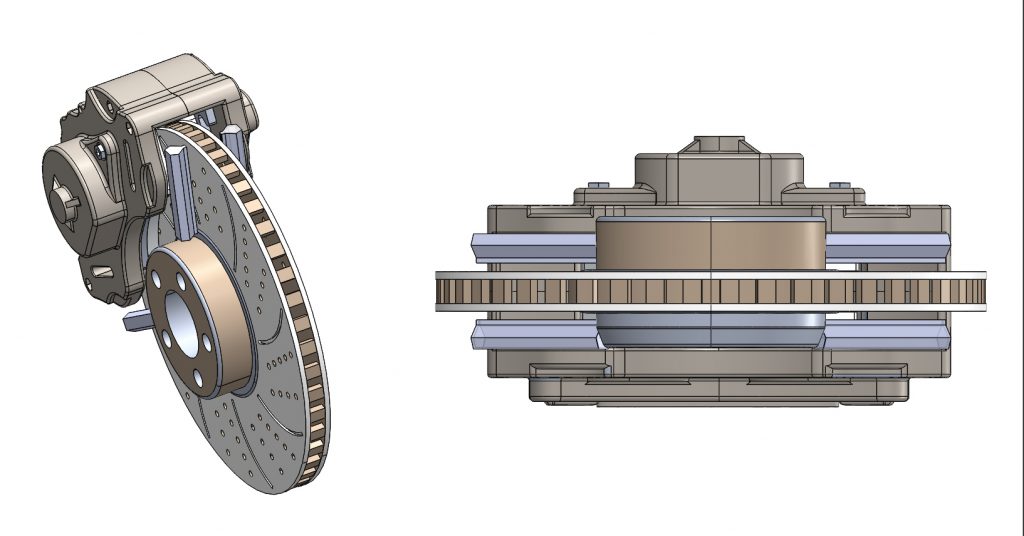
In our studies at Ogab®, we have experimented with the light aeroplane -Cirrus SR22 to demonstrate the effectiveness of our proposed brake cooling systems. The tests were carried out in a CFD (computational fluid dynamics) simulation environment.


In testing, we experimented with 30 seconds of cooling, following 10 seconds of braking (braking & cooling until t=10 following a further 20 seconds of cooling, t=30).
Deploying our cooling technology proved to be effective as it reduces the rotating disc average volume temperature from 124.54C to 82.85 (33.5% improvement) while the maximum disc volume temperature reduces from 277.3C to 208.5C (24.8% improvement) during the 10 seconds of braking.
The suggested cooling technology provided excellent results after 30 seconds as highlighted by the results below. With such technology, it was possible to reduce the brake disc average volume temperature from 113.67C to 25.64C (77.44% improvement) while the maximum disc volume temperature reduces from 201.5C to 38.47C (80.89% improvement).
CFD Analysis - Without Cooling
CFD Analysis - With Cooling
Results Chart
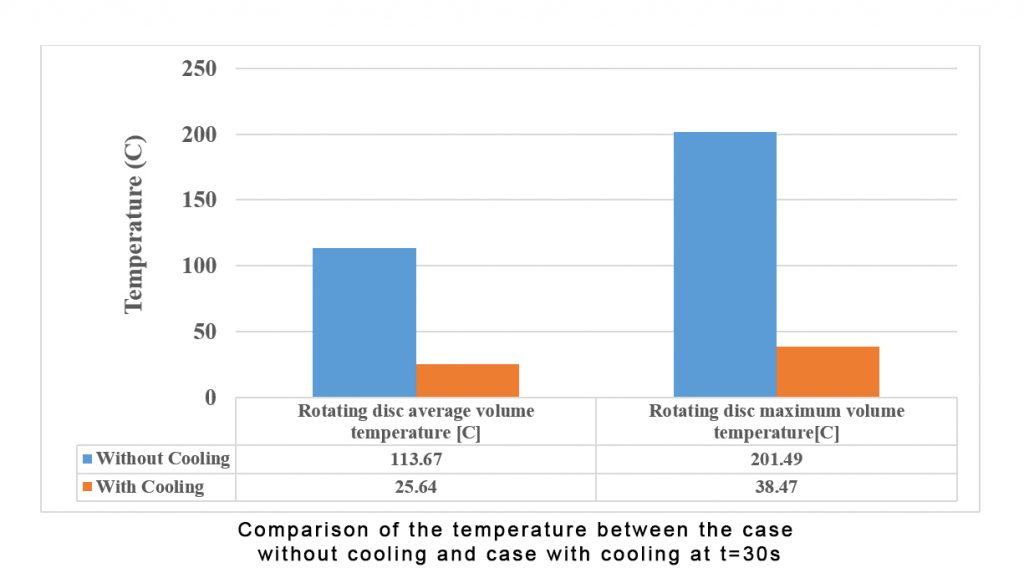
By limiting the temperature ranges to 70 degrees less than the original maximum without our cooling nozzles, the risks involved are significantly reduced.
The efficiency of the braking is also much improved. The aircraft can reach taxi speeds much quicker and safer.

The turnaround of flights can also be majorly improved since the brakes can be continued to be cooled throughout braking and taxi speeds before the aircraft even reaches its dock, allowing atmospheric temperatures to be reached much quicker.
An additional feature of the Sustainable Braking system is our innovative brake wear particle capture technology.
By enclosing the brake assembley, we can use an air amplified suction device to remove the brake wear safely away from the system, where it is then stored in a particulate storage vessel (PSV) for safe disposal or recycling.
This process prevents the many harmful particulate matter emissions from the break wear entering the atmosphere, making the landing environment both cleaner and safer for passengers and staff.
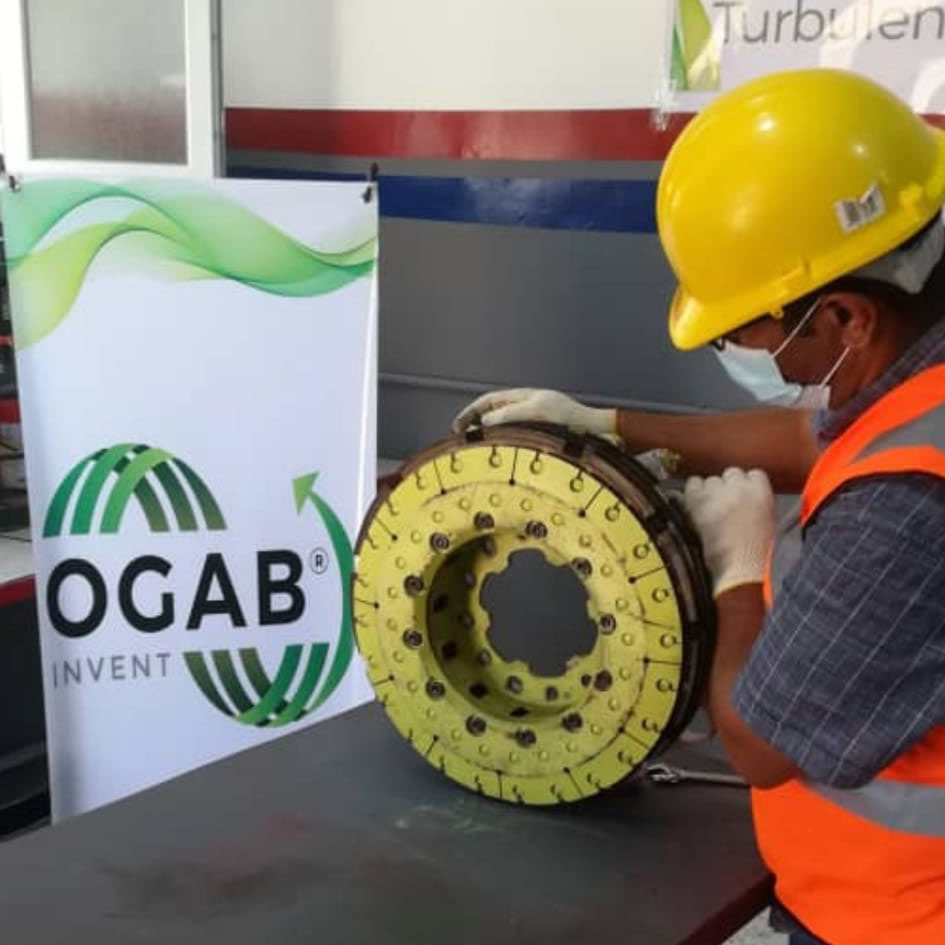
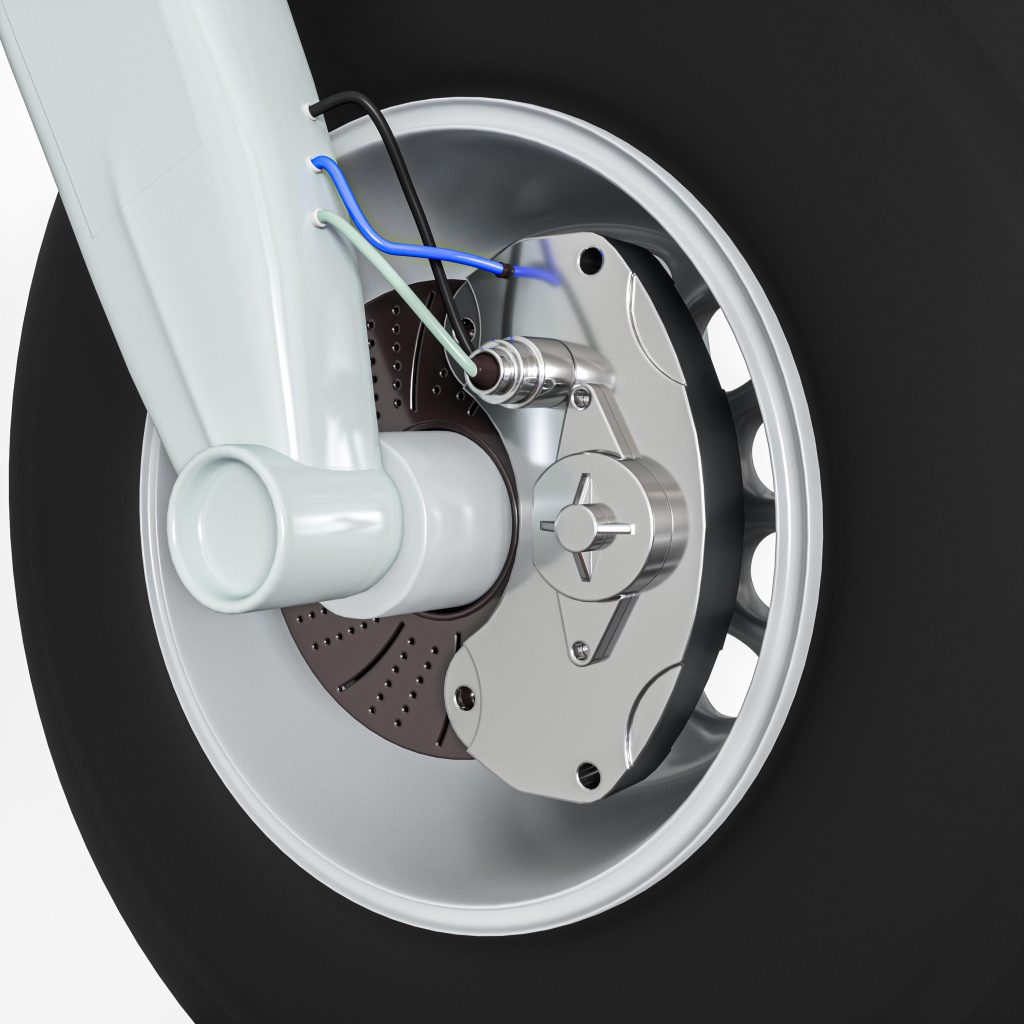
Currently, in commercial passenger aircraft, an external cooling system is utilised as depicted below.
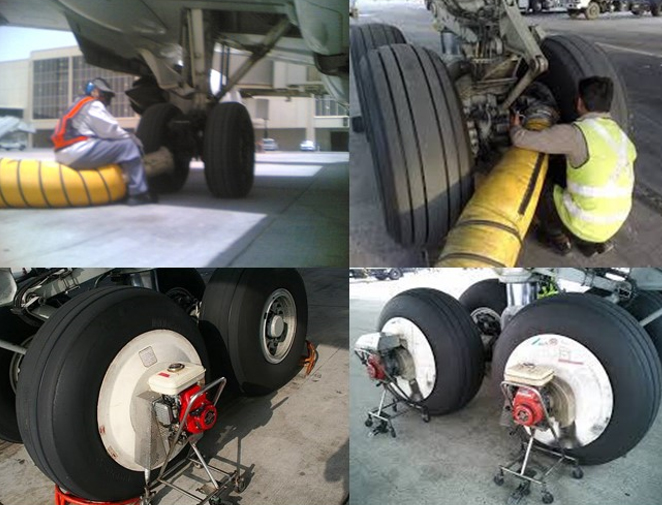
Such systems consist of bulky equipment, including an extraction fan and piping that are externally attached to the rim of each wheel to remove the hot air that is generated as a consequence of the braking action.
This procedure is carried out after the aircraft reaches the terminal and is in a stationary mode.
Ground services spend a significant amount of time cooling down the brakes which slows down the flight frequency of each individual aeroplane.
Some conventional cooling systems claim that they can reduce the disc brake temperature by 200C in 30 minutes. However, if brake cooling can be done during the braking period and on the runway prior to a full stop and reaching the terminal, then a significant amount of time can be saved on the ground while all the efforts related to aircraft brake cooling and the required labour will be eliminated.
It was shown that the proposed cooling technology was beneficial in reducing the brake disc temperature for a single brake disc and pad assembly on the runway within a few seconds. It was also shown that it is feasible to effortlessly, securely and internally reduce the brake system temperature in a much shorter period of time than the conventional systems.
There is no need for external equipment, and the pilot can remotely initiate the system. This technology can be easily extended to the dual or multiple brake disc systems suitable for commercial passenger aircraft.
Upon deploying such technology, it is possible to remove all the necessary actions for the brake cooling during the plane preparation period and hence increase the flight frequency of an airliner and reduce the service and maintenance costs. The image below presents the suggested installation location for the segmented multiple disc brake system with the proposed brake cooling system for the commercial passenger aircraft brake system.
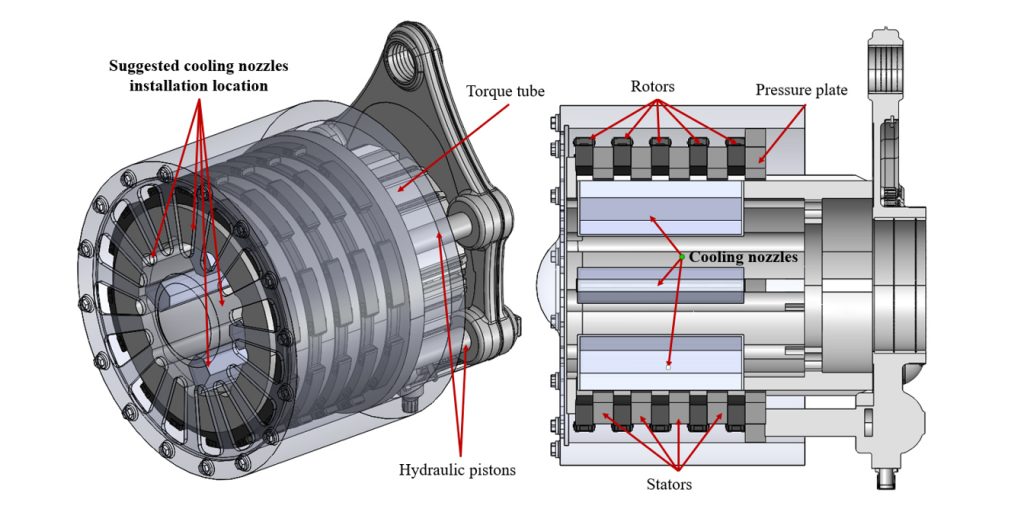
It should be noted that the proposed cooling technology was deployed to an existing brake system design. Therefore, its performance was limited by the nature of the current brake systems configuration. Considering the proposed cooling technology (which was proved to be very effective) during the design process of new brake system assemblies can enhance the cooling performance even further and provide more integrated configuration of the brake system (i.e. embedded cooling within the brake system).
Get the full facts and insight on the environmental impacts of aviation braking.
Ogab® can help make a change for the better. Contact us today to enquire about our sustainable braking technology and how it can help you.
